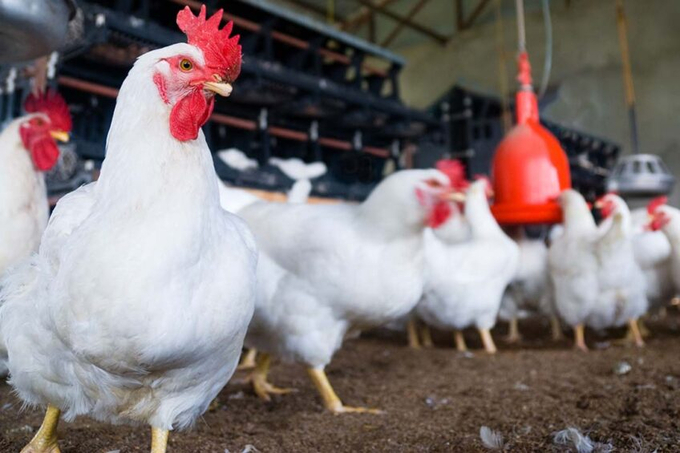November 28, 2025 | 02:09 GMT +7
November 28, 2025 | 02:09 GMT +7
Hotline: 0913.378.918
November 28, 2025 | 02:09 GMT +7
Hotline: 0913.378.918

Lead author Dr Steven Fiddaman at the University of Oxford: “Our findings not only unravel the evolutionary history of Marek’s Disease Virus but also provide a foundation for enhancing our current understanding of pathogen virulence.". Photo: Canva.
Using ancient DNA, experts from The Pirbright Institute have worked with a team of scientists led by Oxford and LMU Munich to trace the evolution of Marek’s Disease virus.
Published in the journal Science, the research led by archaeologists and biologists shows how viruses evolve to become more virulent, which could lead to the development of better ways to treat viral infections.
The team recovered and reconstructed ancient MDV sequences from archaeological chicken materials covering the last 1,000 years. By comparing viral genomes derived from both modern and ancient birds, they could pinpoint the genetic alterations responsible for the increased virulence of the modern viruses.
Based on the ancient genetic sequences, they were also able to resurrect biological processes using cellular assays, demonstrating that ancient strains were much milder than their modern counterparts.
The new study is based on DNA isolate from chicken bones that were excavated from 140 archaeological sites in Europe and the Far East. These ancient genomes revealed that MDV was widespread in European chickens for at least 1,000 years, well before the disease was first described in 1907. This highlights the importance of preserving such remains, given their power to reveal valuable insights into the evolution of the virus.
Lead author Dr Steven Fiddaman of the Department of Biology at the University of Oxford, said: “Our findings not only unravel the evolutionary history of Marek’s Disease Virus but also provide a foundation for enhancing our current understanding of pathogen virulence. By combining ancient DNA techniques with modern genomics, we’ve opened a window into the past that can guide future strategies in managing viral diseases.”
The Pirbright Institute has spent more than half a century researching the virus and is the World Organisation for Animal Health Reference Laboratory for the disease. Professor Venugopal Nair, scientist emeritus, said: “Findings from this paper on the origins of virulence, particularly associated with the genetic sequences of the MEQ gene in the ancient Marek’s disease viruses, will provide great scientific opportunities to explore the molecular mechanisms of increasing virulence of this virus that coincided with the intensification of poultry farming from the 1960s.”
Professor Naomi Sykes, University of Exeter lead archaeologist, added: “This study underscores the profound significance of biological material preserved in archaeological and museum collections since we cannot foresee how their investigation might possess transformative applications in the future.”
Pirbright is researching several aspects of the disease including determining how it induces tumours, the reason behind its steadily increasing virulence and the molecular and cellular mechanisms of the immune responses against MD infections as scientists search for more effective vaccine formulations and strategies.
(PW)

(VAN) A new study reveals how the simultaneous effects of ocean acidification, salinity and loss of oxygen are making the world more fragile.

(VAN) Hopes are growing that the creation of the first 3D turkey gut model could be a turning point in the battle against the virulent blackhead disease.

(VAN) Tyson, America’s biggest meat supplier, plans to shutter one of its largest beef processing plants as the industry continues to struggle with low cattle supplies and political pressure from Washington.

(VAN) New FAO study shows how digital solutions are empowering farmers and fishers to prevent losses and build resilient agrifood systems.

(VAN) Brazil's COP30 presidency pushed through a compromise climate deal on Saturday that would boost finance for poor nations coping with global warming but that omitted any mention of the fossil fuels driving it.

(VAN) Poultry farmers in the UK have been warned that they could face one of the worst winters yet for bird flu.

(VAN) Prices of main-crop paddy have risen sharply, with jasmine rice hitting 16,100 baht per tonne — the highest level in years.